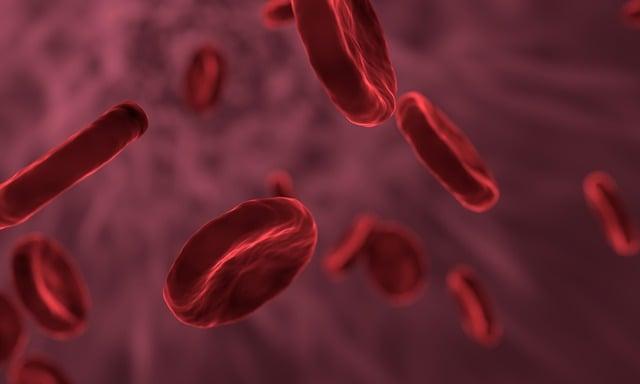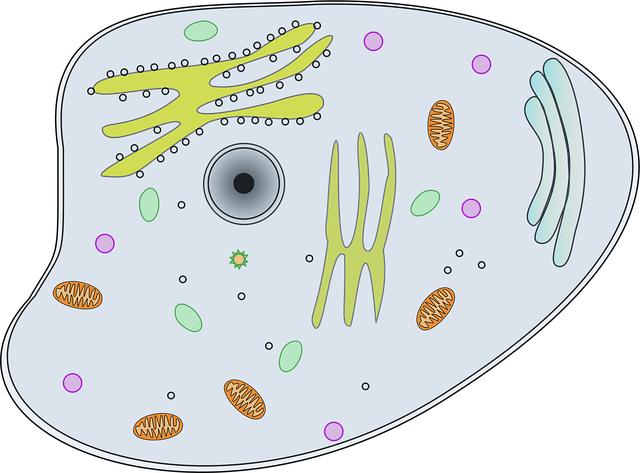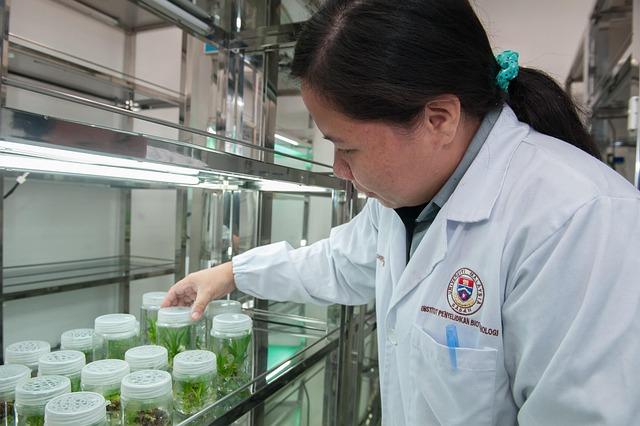- Introduction
- Discovery of the Lipid Switch in Plant Cells
- The Mechanism Behind Lipid-Controlled Protein Trafficking
- Implications for Plant Biology and Crop Science
- Potential Biotechnological Applications
- Conclusion
- FAQs
- References
Introduction
In a groundbreaking advancement in plant science, researchers have identified a “lipid switch” that plays a crucial role in regulating protein trafficking within plant cells. This discovery is not only reshaping our understanding of cellular biology but also opens promising possibilities for improved crop performance and stress resistance.
In this article, we’ll delve into the details of how this lipid switch was discovered, explore the underlying mechanisms guiding this cellular process, examine the broader implications for plant biology, and consider how these findings may evolve into powerful biotechnological tools in the future.
The topics we will cover include a closer look at the discovery itself, the scientific mechanisms behind lipid-driven movement of proteins, the potential benefits for agricultural science, and real-world applications. Let’s explore this fascinating development.
Discovery of the Lipid Switch in Plant Cells

(Image: Pixabay/@allinonemovie)
The journey to uncover the lipid switch began with a collaborative effort between plant biologists and molecular scientists who, while investigating the inner workings of Arabidopsis thaliana—a small flowering plant often used as a model organism—stumbled upon a lipid that consistently appeared during certain phases of protein transport.
Detailed imaging and molecular mapping revealed that a specific phospholipid, phosphatidylinositol 4-phosphate (PI4P), acts as a switch-like molecule, actively directing proteins to their correct locations inside the plant cell. Before this discovery, the mechanism by which plant cells managed such highly organized internal protein transport remained largely unknown.
According to the lead researchers, the lipid doesn’t function alone. It works in tandem with protein complexes that recognize the lipid signature and shuttle proteins accordingly. This insight has deepened our understanding of how compartmentalized and efficient intracellular operations are within plant systems.
The Mechanism Behind Lipid-Controlled Protein Trafficking

(Image: Pixabay/@Clker-Free-Vector-Images)
The central idea driving this research is that lipids, particularly PI4P, serve more than just structural roles—they guide crucial molecular traffic. In essence, they act like postal codes within the cell, designating where specific proteins should be delivered.
Protein trafficking involves the journey of proteins from areas where they are synthesized, such as the endoplasmic reticulum, through the Golgi apparatus, and into their functional destinations like the plasma membrane or vacuole compartments. The presence of PI4P at these membranes signals to motor proteins and carrier vesicles precisely where cargo proteins must be dropped off.
Furthermore, scientists discovered that PI4P levels are dynamically regulated within cell compartments. Specialized kinases and phosphatases control the production and removal of the lipid, effectively turning it “on” or “off” much like a biological switch. This kinetic regulation ensures that only the right amount of protein is delivered to its exact destination.
Implications for Plant Biology and Crop Science

(Image: Pixabay/@MARTINOPHUC)
The identification of this lipid-based control mechanism holds significant promise for agriculture and environmental sustainability. With better knowledge of protein trafficking routes, scientists can potentially create plants with enhanced physiological efficiency.
For instance, improving protein localization in chloroplasts could result in more effective photosynthesis, boosting yields even under stress conditions like drought or heat. Similarly, optimizing protein delivery involved in defense responses may produce crops more resistant to pathogens, reducing the need for synthetic pesticides.
This research also suggests future avenues for precision breeding and genetic engineering. By manipulating lipid switch activity, we might guide proteins we engineer directly to where they are most needed in a plant, making modifications faster and more targeted than ever before.
Potential Biotechnological Applications

(Image: Pixabay/@kennethr)
The lipid switch discovery has caught the attention of biotech companies focusing on sustainable agriculture and synthetic biology. The ability to engineer intracellular protein routes means that new traits can be introduced with unprecedented efficiency and predictability.
For example, biofortification efforts—introducing vitamins and micronutrients into staple crops—could be improved by fine-tuning the localization of nutrient-producing enzymes. Similarly, biofactories in plants become more viable, where compounds such as pharmaceuticals or biodegradable materials are harvested directly from engineered crops.
It also lays the groundwork for more refined biosensors inside plants. By controlling protein placement precisely, scientists can design plants that respond visibly to environmental changes, such as soil nutrient levels or pollution—turning them into early detection systems for environmental threats.
Conclusion
The revelation of a lipid switch controlling protein transport in plant cells represents a milestone in both the fundamental and applied aspects of plant science. By unlocking the secret to a previously hidden layer of cellular logistics, researchers have paved the way for more resilient, productive, and adaptive plants in the face of increasing agricultural demands.
As research continues, the potential applications of this discovery could transform how we interact with plant systems—from cultivation practices to biotech-driven solutions that benefit industries and ecosystems alike. The microscopic world within plant cells may hold the key to many of tomorrow's global challenges.
FAQs
What is a lipid switch?
A lipid switch refers to a lipid molecule in a cell that acts like a signal or control mechanism to regulate other processes—in this case, guiding where proteins move inside plant cells.
Why is protein trafficking important in plant cells?
Protein trafficking ensures that each protein reaches its specific destination where it can perform its intended function. Misplacement can lead to dysfunctional cellular processes and reduced plant health.
Can this discovery help improve crop production?
Yes, by efficiently guiding protein delivery related to photosynthesis, reproduction, and immunity, crops can be optimized for higher yield, better stress resistance, and nutrient efficiency.
Is the lipid switch unique to plants?
While similar signaling lipids exist in animal and fungal cells, the specific behavior and interactions observed in plant cells appear unique and tailored to their biological needs.
How soon can we see commercial uses of this research?
Though still in early stages, the foundational knowledge contributes immediately to genetic engineering and biotech research, with commercial applications possible within the next decade.

